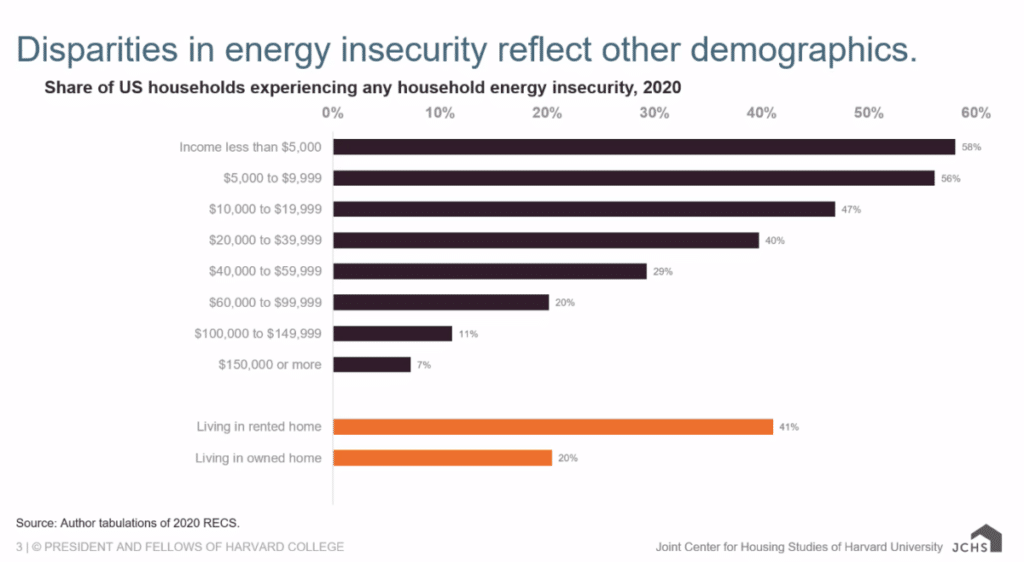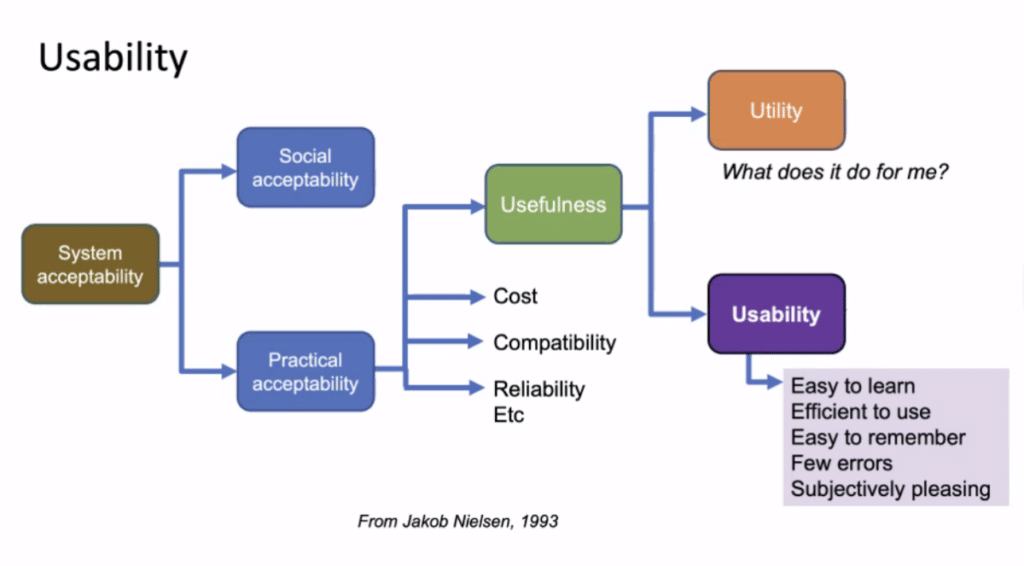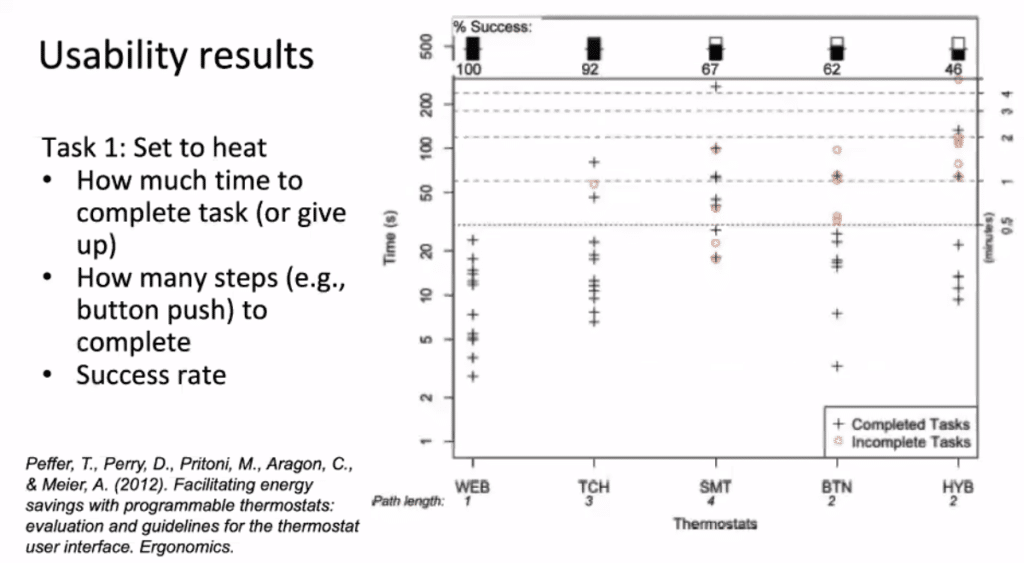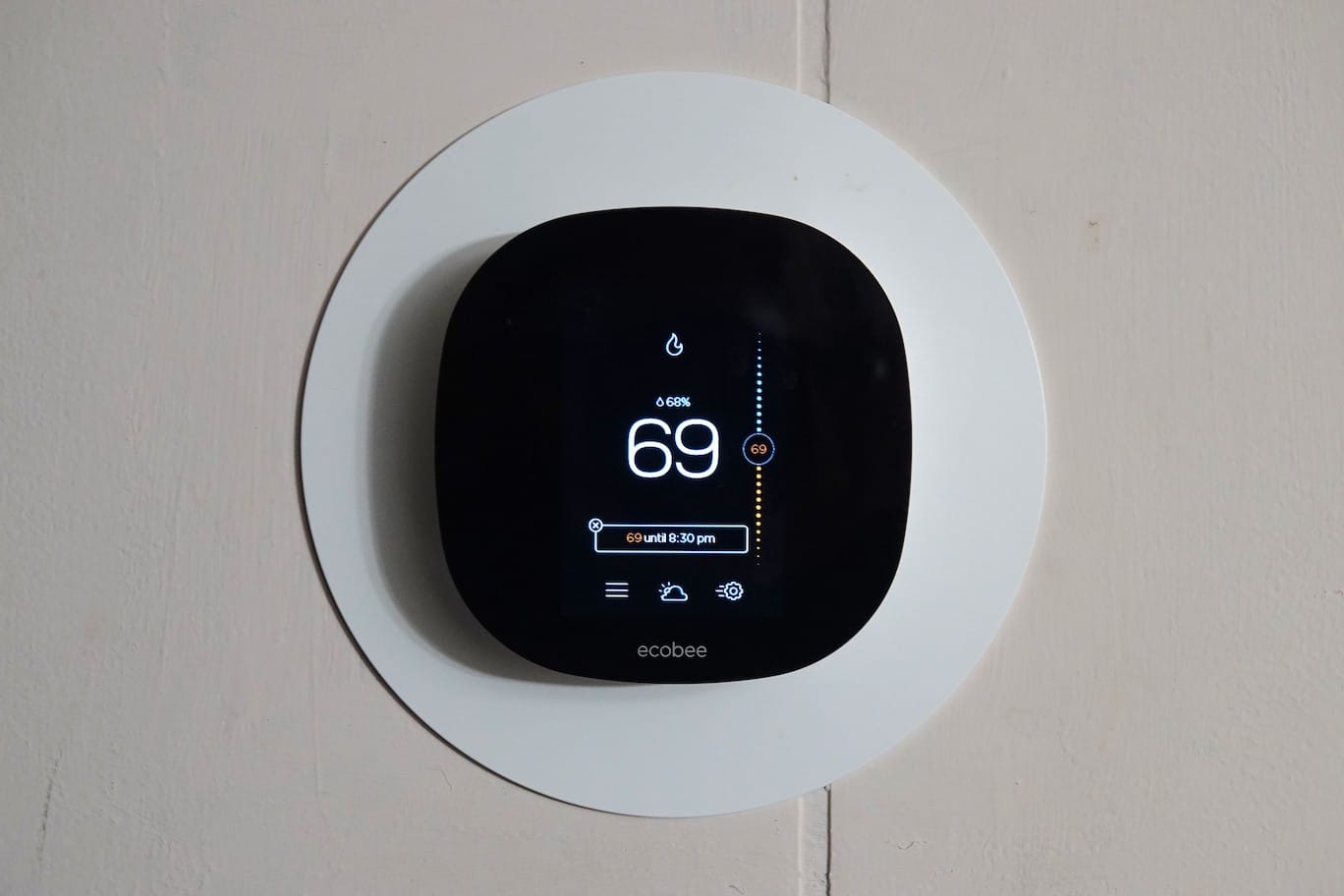The use of technologies such as programmable thermostats and smart meters has led to new energy efficiency investments and helped catalyze the “smart home” movement. Along with home electrification, these innovations have resulted in opportunities to reduce households’ energy bills, but important questions remain regarding who benefits from home energy digitalization and how to ensure it is equitable. These topics were addressed during the Behavior, Energy, and Climate Change Conference (BECC) webinar, “Equitable Digitalization of Residential Energy Technologies,” which examined the technologies used to improve residential energy efficiency and challenges that are preventing widespread adoption.
Moderated by Reuven Sussman, Director of the Behavior and Human Dimensions Program at the American Council for an Energy-Efficient Economy (ACEEE), and co-chair for BECC, the webinar featured Dr. Carlos Martín, Project Director of the Remodeling Futures Program and Joint Center for Housing Studies (JCHS) at Harvard University, and Dr. Therese Peffer, Associate Director of the California Institute for Energy and Environment (CIEE) at UC Berkeley.
Decarbonizing Housing: Technological Revolution
Martín began by highlighting the importance of decarbonizing housing, as 20% of U.S. greenhouse gas emissions come from homes. The brief overview that followed described the growing “technological momentum of the home energy revolution” beginning in the 1970s, with the electronics revolution and move to all-digital controls, then moved to a discussion of residential and appliance efficiency in the 1980s and 90s. This technological momentum has been building for a long time and leads to important issues of how effectively these technologies are being implemented, and who benefits from them. A key challenge is ensuring that the implementation of decarbonizing technologies does not unfairly burden lower-income households with higher energy costs.

Martín posed the question of whether society will benefit from digitalization. A study, for example, found that smart thermostats installed for free did not have statistically or economically significant impacts on energy use, and user behavior explains the discrepancy between the engineering models predicting higher savings and actual field observations. Additionally, many individuals are unaware that smart meters have been installed. Martín added that the rates of energy savings vary widely depending on specific technologies. There is also a significant group of people who do not have access to sophisticated in-home technology. In addition to the lack of access to technologies such as smart thermostats and smart meters, users in different income or cultural groups may treat these technologies differently.
“We have to think about digitalization as one strategy among many,” said Martín. “If digitalization is not immediately accessible to a lot of these households, then why aren’t we pushing for greater weatherization and other retrofit programs to create efficiency and improve electrification rates before pushing for digitalization to ensure that those communities aren’t disproportionately impacted by the changing cost structures?” He emphasized that while we need to consider who buys and installs technologies, we also need to understand who has agency and information to use and manage the capabilities of different technology systems to suit their specific needs.
Efficient Thermostats: The Importance of ‘Usability’
Next, Peffer began with an anecdote about low-cost efficiency measures and programmable thermostats with Rebuilding Together, only to be called to come back and reinstall the old thermostat as users couldn’t figure out how to use it, despite its potential for energy savings. After briefly recounting the history of thermostats, Peffer explained how she became interested in thermostat usability.

Usability includes key questions we can ask about any technology: Is it easy to learn? Is it efficient to use? Is it easy to remember and does it produce few errors? And is it subjectively pleasing? Peffer described a previous research project which involved testing five thermostats: a web browser, touch screen thermostat, smart thermostat, button thermostat (that had all button controls) and hybrid model (which had both a touch screen and buttons). The study engaged 31 subjects who each interacted with two thermostats. Tasks ranged from being defined as an “easy task” all the way to a “complex” activity. Subjects were first asked to set the thermostat to heat mode at a defined time of day.

Each button push or interactive step required to complete this task were counted, with researchers then evaluating the success rate and time to complete. The study sought to identify usability heuristics, or guides, from computer science and user interface design to measure smart device usability. The aim was to develop a quick means of evaluating interfaces as well as clear guidelines for thermostat design that could improve usability and lead to energy savings. This is an example of how one might evaluate the usability of different devices.
Peffer also discussed a project to design a thermostat for a house without internet connection—often a potential limitation in lower income homes—with the goal of creating a very simple wall interface with limited functions. The design included a Bluetooth connection to a smartphone for richer interactions, such as programming and consumer tips. “With all that we had learned about usability, we had a very prominent on-off button,” noted Peffer. She concluded by saying that thermostats can help save energy and reduce peak loads, lower emissions, and keep the lights on, but “we have to recognize that thermal comfort varies with seasonal outdoor temperature, activities, age, health—and usability is vital to technology.”
Understanding and Empowering People
Following a lively discussion, the panelists gave their closing remarks. Martín underscored the need for more engagement, and for people to better understand why they’re being charged different rates at different times of day. Otherwise, without understanding the reasons behind different rates, people will blame the technology. Key to this is understanding how technology can be used to empower people, particularly the most vulnerable.
Peffer emphasized that “we need to look at policy and technology and people—to understand their fears and recognize challenges and disabilities, and make sure that we are addressing them in both our design of programs and design of the devices themselves.”
Register for BECC 2023 (November 12-15, 2023)
Feature image credit: Unsplash


